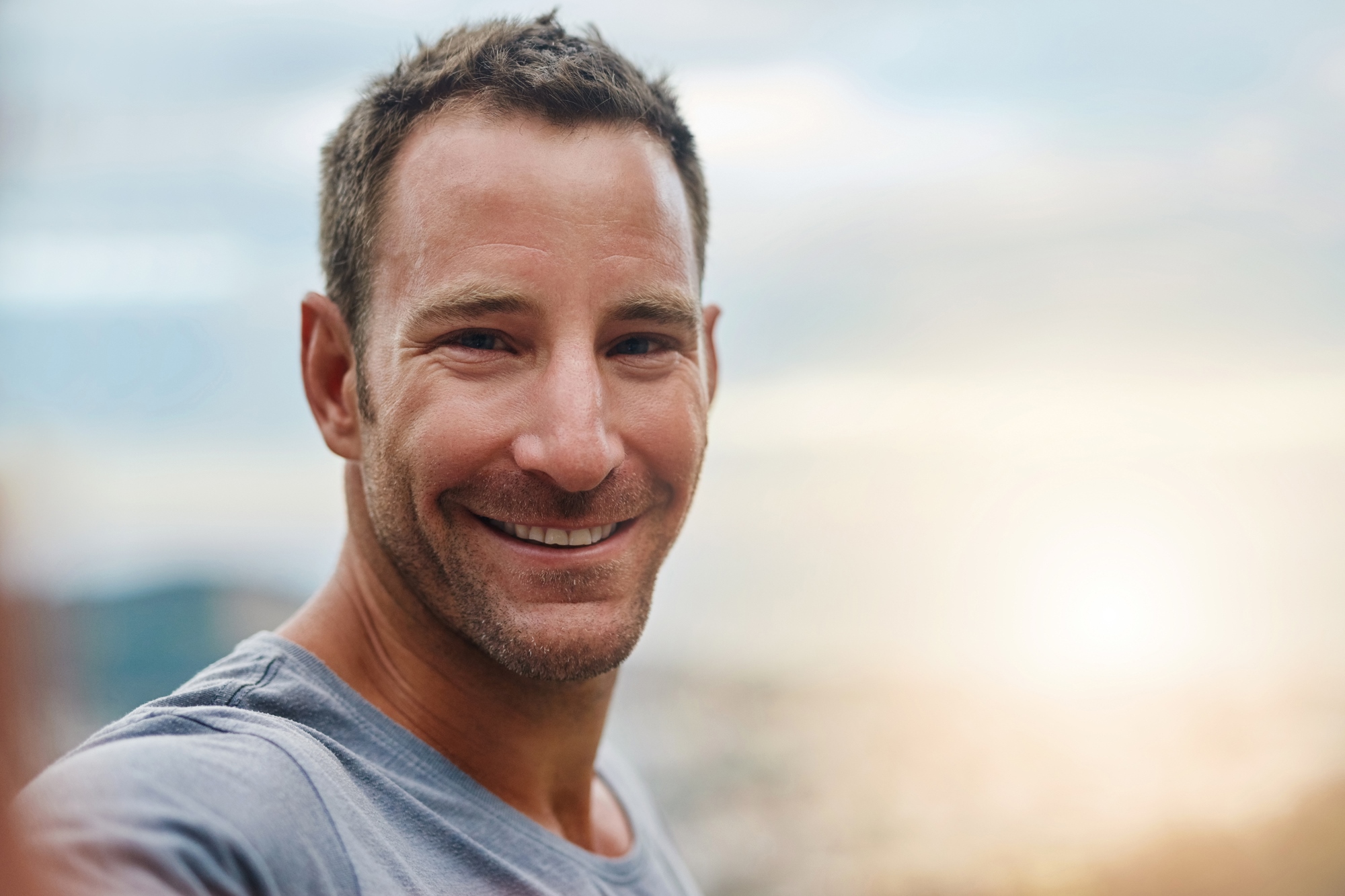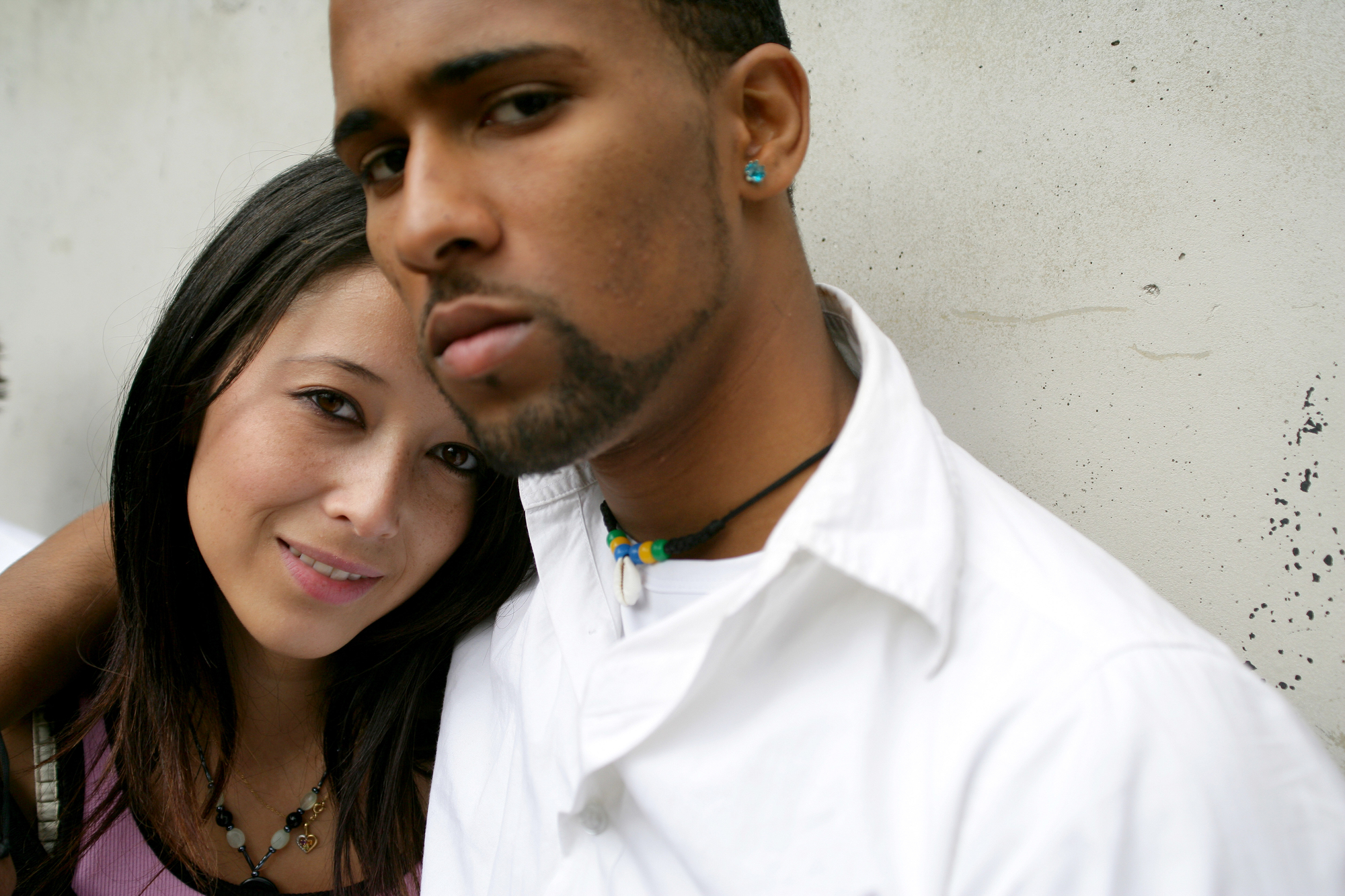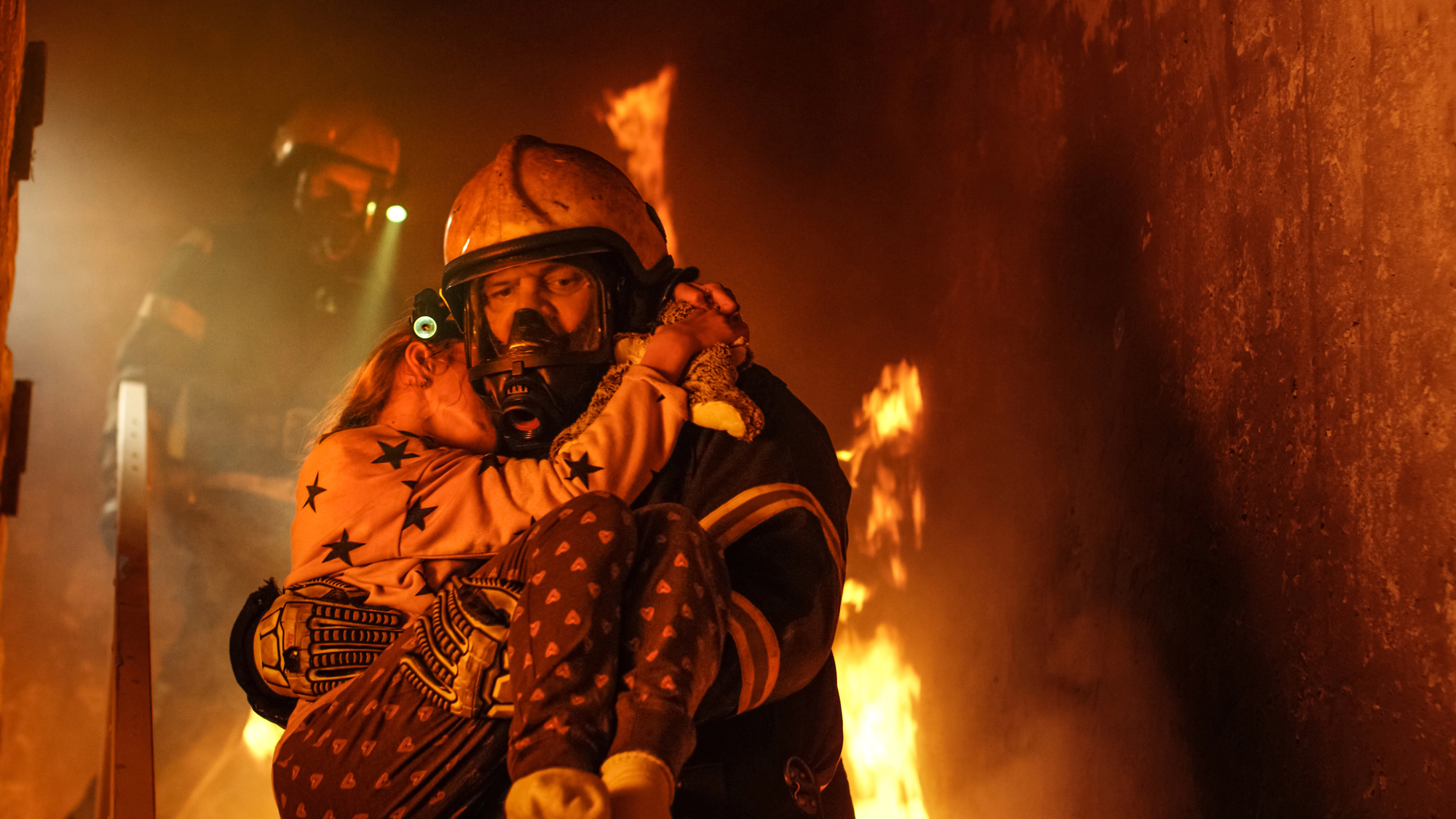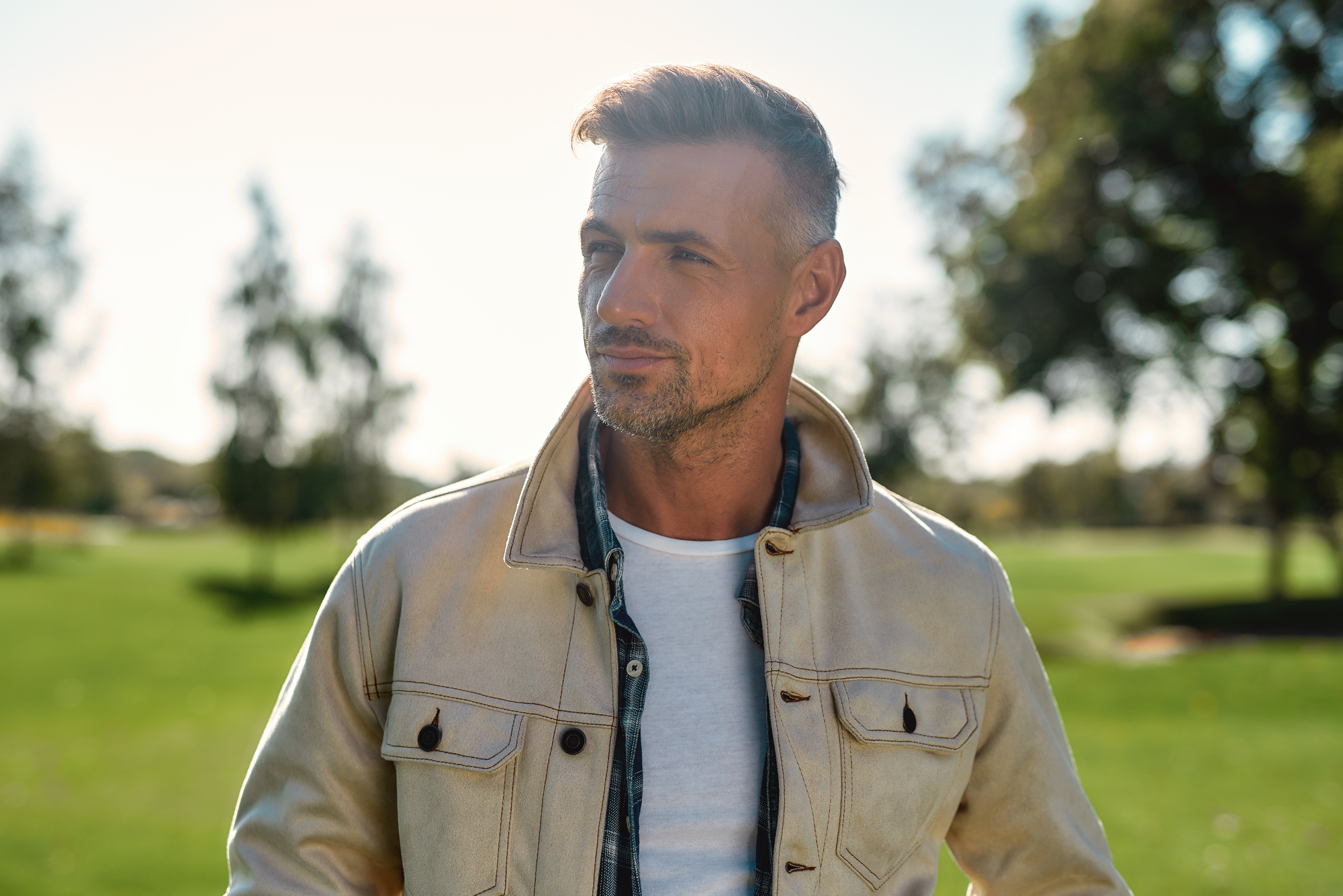Don’t mistake traditional masculinity for toxic masculinity.

Modern society seems intent on conditioning people to believe that most masculine traits are toxic, when in reality, it’s only the misinterpretation or weaponization of those traits that can be so harmful. Some of our greatest heroes have embodied healthy, traditionally masculine traits that span the test of time.
1. Being strong and capable doesn’t mean you’re going to be hostile.

Just because a man wants to strengthen his body so it’s a taught, finely tuned machine, that doesn’t mean he’s going to use it to harm anyone. Strength and mobility are vital for self-reliance, and a finely honed body (and mind) are ideal for optimal personal health and capability.
2. The desire to protect others is incredibly noble, and often self-sacrificing.

Although some people consider protectiveness to be “toxic”, they’re often the first to reach out to (predominantly masculine) law enforcement to protect them when they’re in trouble. The desire to protect their loved ones from harm is ingrained in most men, and has inspired millions to sacrifice themselves to defend others.
3. The ability to be competitive in a healthy, controlled manner leads to immense personal growth.

Healthy competition inspires people to do their best, while simultaneously developing healthy coping mechanisms. The strongest and most grounded people are those who can lose a game with a grin, take romantic rejection with grace, and allow their losses and mistakes to become building blocks of wisdom and experience.
4. Bravery is a virtue.

Traditional masculinity embodies the concept that courage isn’t the absence of fear, but involves taking action despite feeling fear. Some of the bravest male characters in history—real or fictional—have shown immense courage in atrocious circumstances, even if they didn’t embody dominative or unhealthy masculine stereotypes (e.g. Samwise Gamgee from Lord of the Rings).
5. Morals and ethics are the cornerstone of decency and right action.

Stanford professor Philip Zimbardo defines a hero as “someone who takes a personal risk for the common good while others remain passive”. Doing what’s right instead of what’s easy is a fundamental aspect of traditional masculinity. The unarmed man who stood before a line of tanks in Tiananmen Square is a perfect example.
6. Being adamant and disciplined about standards isn’t “mean”: it’s often necessary.

This aspect of traditional masculinity was itself shaped by the harsh demands of reality. It’s a nice thought to give everyone a gold star for participation, but when it comes to things like aircraft or bridge engineering, medicine, and so on, every aspect needs to be held to a meticulously high standard.
7. Delegating tasks to others isn’t a weakness.

Modern “toxic” masculinity seems to imply that every man must know how to do everything himself or be considered a weakling. In contrast, some of the best and most powerful kings of the past would delegate tasks and responsibilities to those they knew would excel with them more than they would.
8. Leaning into and learning from suffering and hardship.

A big part of traditional masculinity involves learning how to be comfortable with discomfort, instead of avoiding it and seeking to eliminate it. Having the coping skills to not just tolerate discomfort, but thrive in it, makes people a lot more resilient and capable of handling any difficulty that may arise.
9. Learning how to compartmentalize emotions to get things done can be immensely beneficial.

Men can be Swiss Army Knives and not have to display performative emotions while doing a variety of different tasks. A traditionally masculine man can perform surgery, wash his hands, and then go hug his wife. He can shift between different roles dispassionately, and show his sensitive side when he chooses to.
10. Chivalry allows people to be gracious and polite, yet still have the capability to bite when necessary.

When we think of the chivalric tales of King Arthur and his knights, we remember that they embodied humility, loyalty, and grace, but were also ferocious fighters when they needed to be. These heroic figures are still the golden standard that many strive for: either to become, or to have as a partner.
11. Self-discipline affects every aspect of a person’s existence.

Being able to discipline oneself and hold oneself to account will positively affect every other aspect of one’s life. This trait is often associated with traditional masculinity, as modern society encourages people to weaponize weakness and fragility to passively attain goals. Without self-discipline, nobody would accomplish anything of their own volition.
12. Confrontation isn’t always negative: it’s often needed, and necessary.

Traditionally masculine men aren’t afraid to meet all of life’s challenges head on, and similarly won’t refrain from confronting potentially contentious situations or people. For example, they’ll call out friends who are behaving atrociously, and will often step in to stop cruelty or injustice—especially toward the vulnerable.









